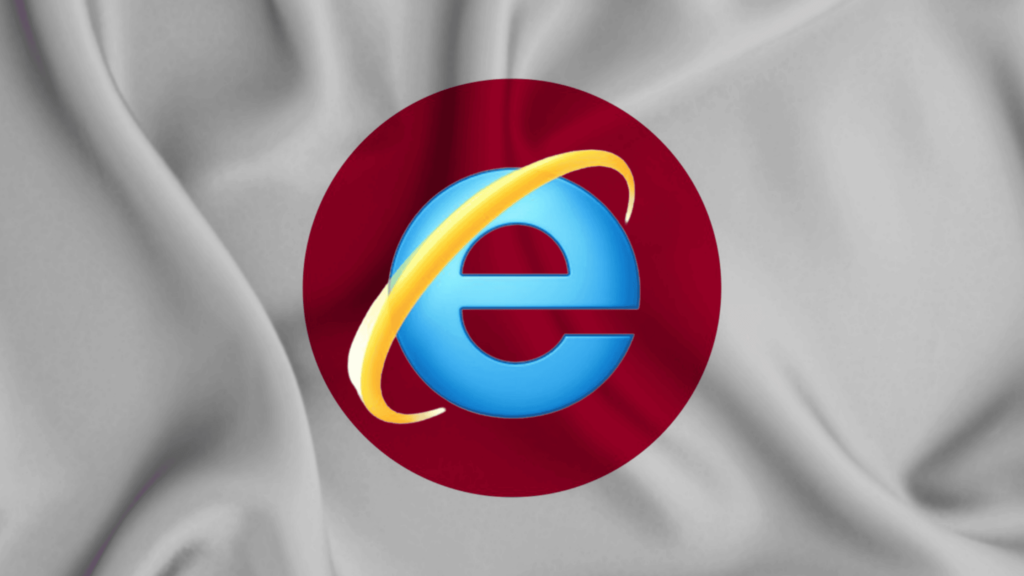[ad_1]
But the abundance of browsers also means a huge headache for software developers. All Web browsers adhere to a set of public standards for the programming languages that drive the Web, such as HTML and JavaScript. However, every browser implements some features that others don’t. Additionally, bugs in a browser often force developers to implement workarounds so that their Web sites render correctly for users.
In terms of bugs and conformance to public standards, IE is the poster child of bad behavior. For years, the browser’s dev team explicitly expressed disdain for following standards. Add to that a slew of bugs and performance problems and you have a nightmare scenario for Web developers[2].
(I should know: I supported IE working for Microsoft’s Developer Support division in 1999. Let’s just say I dealt with my fair share of…disgruntled customers.)
However, given its market dominance for years, Web site devs had no choice but to support IE. Many companies and governments even went so far as to recommend IE as the ideal browser for viewing their site. Targeting a specific browser helped to lighten the burden on Web site development teams.
Japan’s “Dependence” on IE

IE’s dominance in the browser market during the heyday of Web 2.0 means that a lot of sites were coded against it. This was especially true in Japan. Many government Web sites in particular biased towards IE to keep development costs low.
The problem is that many of these sites are still targeting IE. Consumers viewing them in different browsers might experience degraded functionality. Even worse, IE is far less secure than modern Web browsers such as Google Chrome or Microsoft’s own Edge. (Even Microsoft admits this[4].) Encouraging users to keep using IE leaves them vulnerable to hacking.
With the news of IE’s imminent demise, the phrase “IE縛り” (“shackled to IE”) began trending on Japan Twitter. A site is “IE縛り” if it won’t work outside of IE at all.
Some social media users were astounded to discover that even recently developed Web sites in Japan were built to target IE. In particular, Internet users were freaked out to discover that a part of Japan’s My Number (national ID number) system was built around the antiquated browser[3]. Japan’s government supports a cashback points system to encourage citizens to acquire a national ID number. For some reason, the site for administrating one’s points only works on the geriatric browser.
Many users expressed sympathy for the poor engineers assigned to such a grueling task:
“I pity the poor engineers who built the My Number Point system. No engineer would want to develop a Web app that only works in IE. They probably got their orders from the higher-ups and went about their work in tears.”
Only 16% of sites revised by May
The My Number Point site isn’t the only site in Japan affected by IE’s demise. There are likely hundreds – if not thousands – of sites suffering the same affliction.
Japanese businesses and governments have had years to prepare for the end of IE support. Despite this, as of May 2022, many companies had still failed to upgrade their Web sites to support modern coding standards. According to survey company VALTES, a mere 14% of companies they polled reported they were done converting their sites to use other browsers. 42% said it was a work in progress. And a terrifying 15% confessed that they hadn’t even started[5].
A workaround (for now) and a bunch of memes
The good news is that there’s a workaround for sites that are still “shackled by IE”. Microsoft recommends that users move to Microsoft Edge, which supports an “IE Mode”. However, the company also cautions that users only activate IE Mode for sites that they trust. The IE execution engine is ancient and hasn’t received significant updates in years. As such, use of IE mode on untrusted sites could leave users open to security vulnerabilities.
Meanwhile, the Japanese citizens who weren’t freaking out about security took to Twitter to send off their old friend. Users flooded the service with farewell missives and memes. And, of course, at least one user had to concoct an IE/Evangelion cross-over:
Hopefully, by the end of this year, Japanese companies and government agencies can finish freeing themselves from the shackles of IE. In the meantime, if you live in Japan and have to use a shackled Web site, remember that Edge is your friend.
What to read next
Why is Japan’s My Number System Flailing?
Footnotes
[1] Browser market share. Net Marketshare
[2] Why your Website looks so bad on Internet Explorer. Smartbear
[3] 政府サイトの「IE縛り」は何が問題なのか? ネットでは「エンジニアがかわいそう」「発注側の問題では」などの声. Netlab
[4] Modern security protection for vulnerable legacy apps. Microsoft
[5] 依存度高い日本は大丈夫か IEは6月16日サポート終了だが移行措置「完了」16%. ITMedia
[6] 日本企業のIT化はなぜ進まないのか――日本特有のSI構造とエンタープライズITの在り方から探ってみると. Wingarc
[ad_2]
Source link




